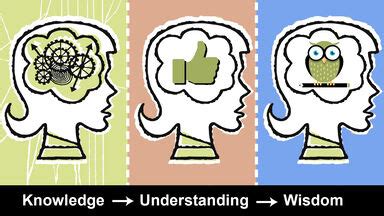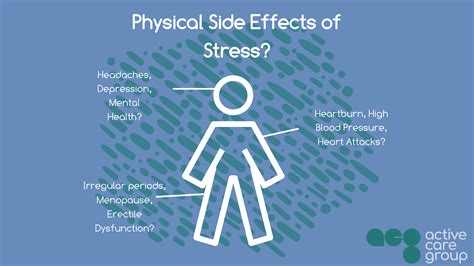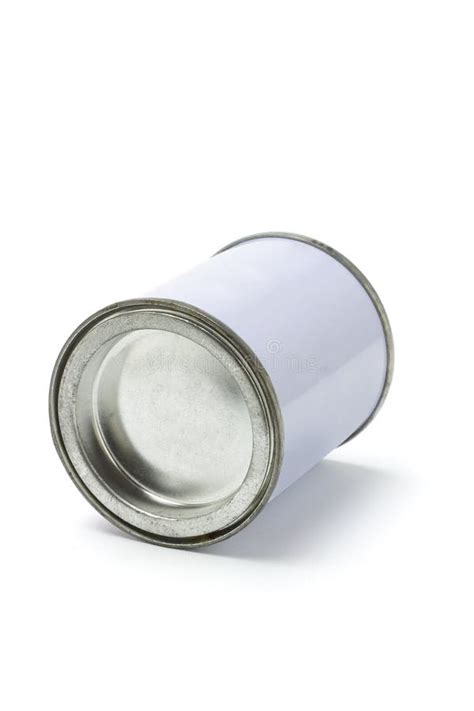Understanding Stubborn Belly Fat and Core Strength
Losing stubborn belly fat and building a strong core are common fitness goals, often pursued for both aesthetic reasons and overall health. Belly fat, particularly visceral fat (which surrounds organs), is linked to various health risks. A strong core, on the other hand, is crucial for good posture, preventing back pain, improving athletic performance, and performing daily tasks with ease. Achieving these goals requires a multi-faceted approach that goes beyond endless crunches.

The Nutritional Blueprint for Fat Loss
Diet plays the most significant role in fat loss, including around the midsection. You cannot out-train a poor diet. Focusing on whole, unprocessed foods is paramount.
Prioritize a Calorie Deficit
To lose fat, you must consume fewer calories than your body burns. This energy deficit forces your body to tap into fat stores for energy. Use an online calculator to estimate your daily calorie needs and aim for a modest deficit (e.g., 300-500 calories per day).
Embrace Protein, Fiber, and Healthy Fats
- Protein: High-protein diets boost satiety, preserve muscle mass during weight loss, and have a higher thermic effect. Include lean meats, fish, eggs, dairy, and legumes.
- Fiber: Found in fruits, vegetables, whole grains, and beans, fiber helps with satiety, regulates blood sugar, and supports gut health. Soluble fiber, in particular, has been linked to reduced belly fat.
- Healthy Fats: Avocados, nuts, seeds, and olive oil are vital for hormone production and nutrient absorption. While calorie-dense, they contribute to satiety.
Minimize Processed Foods and Sugary Drinks
These items are often high in empty calories, unhealthy fats, and refined sugars, which can contribute to inflammation and fat storage, especially around the abdomen. Opt for water, unsweetened tea, or coffee instead of sugary beverages.

Strategic Exercise for a Strong Core & Flat Belly
While diet is king for fat loss, exercise is crucial for burning additional calories, building muscle, improving metabolism, and directly strengthening your core.
Incorporate Cardiovascular Training
Cardio helps create a calorie deficit and improve overall cardiovascular health. Both high-intensity interval training (HIIT) and moderate-intensity steady-state (LISS) cardio are effective. HIIT can be particularly time-efficient and excellent for fat burning, while LISS is great for recovery and endurance.
Strength Training is Non-Negotiable
Building lean muscle mass is vital for boosting your metabolism, as muscle burns more calories at rest than fat. Focus on full-body strength training 2-4 times a week, incorporating compound movements like squats, deadlifts, presses, and rows. These exercises engage your core significantly even when not directly targeting it.

Targeted Core Exercises for Strength and Definition
Once overall body fat is reduced, specific core exercises will help define and strengthen your abdominal muscles. Remember, you can’t spot-reduce fat, but you can build the muscle underneath.
- Planks: Excellent for overall core stability, engaging the transverse abdominis, obliques, and rectus abdominis.
- Side Planks: Targets the obliques and improves lateral core stability.
- Leg Raises: Works the lower abs.
- Bicycle Crunches: Engages both upper and lower abs, as well as obliques.
- Russian Twists: Focuses on the obliques.
- Dead Bug: A fantastic exercise for core control and stability without spinal flexion.
Focus on proper form and controlled movements rather than speed or high repetitions. Aim for 3-4 sets of 10-20 repetitions or holding planks for 30-60 seconds.

Lifestyle Factors Beyond Diet and Exercise
Your daily habits significantly influence your ability to lose belly fat and maintain a strong core.
Manage Stress Levels
Chronic stress increases cortisol production, a hormone that can promote fat storage in the abdominal area. Incorporate stress-reducing activities like meditation, yoga, deep breathing exercises, or spending time in nature.
Prioritize Quality Sleep
Lack of sleep can disrupt hormones that regulate appetite (ghrelin and leptin), leading to increased hunger and cravings. Aim for 7-9 hours of quality sleep per night to support your fat loss and recovery efforts.
Stay Hydrated
Drinking enough water is crucial for metabolism, satiety, and overall bodily functions. Sometimes thirst is mistaken for hunger, leading to unnecessary snacking.

Consistency and Patience are Key
Losing stubborn belly fat and building a strong core is a journey, not a sprint. Results take time and consistent effort across all areas – diet, exercise, and lifestyle. Stay consistent, track your progress, and be patient with your body. Focus on sustainable habits that you can maintain long-term for lasting success and improved overall health.




